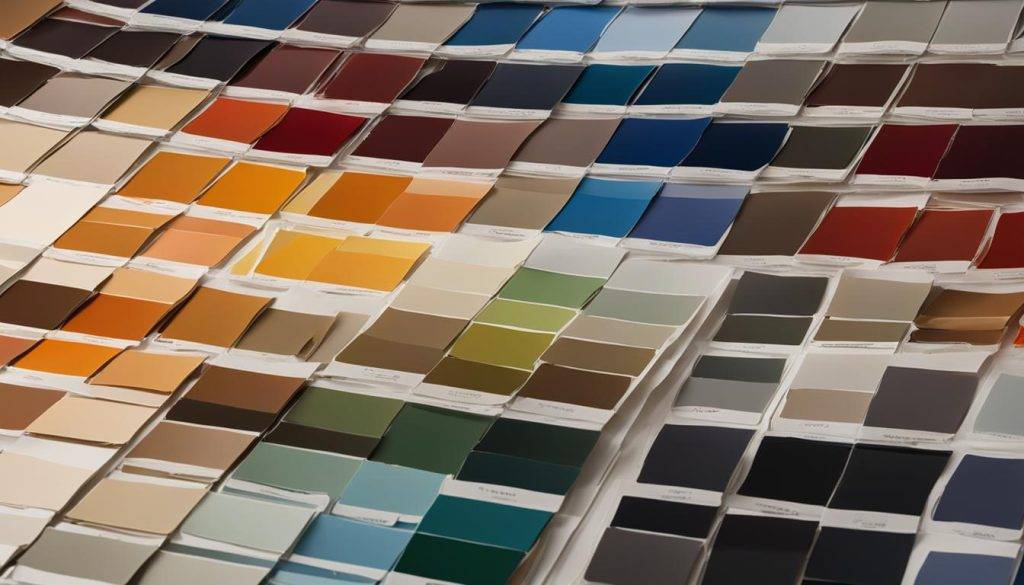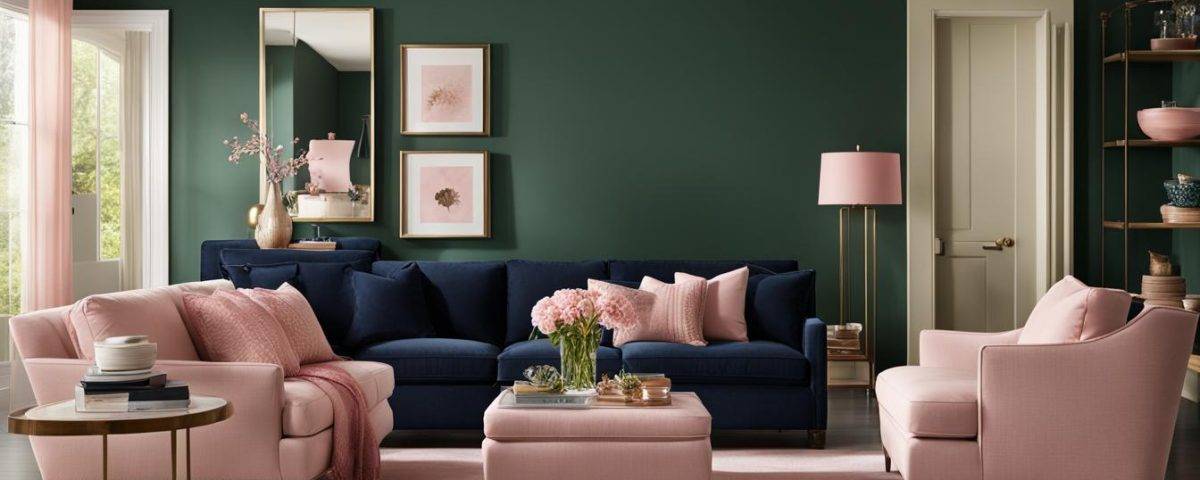- Auto Body Repair - Collision Center
- Leon Valley (210) 680-1987
- Walzem at IH 35 (210) 858-3630
- info@miraclebp.com

Precision and Expertise: Aluminum Frame Repair at its Best

From Collision to Perfection: Our Expert Collision Repairs
Choosing the right paint color can have a significant impact on the ambiance and mood of a space. The color scheme should be carefully considered, taking into account the existing furniture and objects in the home. Architectural color consultant Bonnie Krims suggests starting with three colors from the room’s existing objects and using those as a base for creating a cohesive color scheme.
When selecting paint colors, it’s also important to consider the finish of the paint. Satin or eggshell finishes are recommended for walls, while semi-gloss or high-gloss finishes work well for trim. Additionally, the psychology of color should be taken into consideration. Cool colors have a calming effect, while warm colors create energy and drama. Whites come in various undertones, so selecting the right white for the desired effect is crucial.
In open-plan spaces, using colors with similar undertones can create a harmonious flow throughout the space. On the other hand, for smaller spaces, lighter hues can make a room feel larger, while darker colors can create a cozy atmosphere. Playing with color can also highlight architectural features, such as painting molding or doorways a shade lighter or darker than the walls.
Key Takeaways:
- Consider the existing furniture and objects when choosing a color scheme.
- Pay attention to the finish of the paint for different visual effects.
- Understand the emotional response and psychology of different colors.
- Use colors with similar undertones for a harmonious flow.
- Lighter hues can make small spaces feel bigger, while darker colors can create a cozy atmosphere.
Creating a Cohesive Design with Paint Colors
When it comes to selecting paint colors for your space, creating a cohesive design is paramount. By considering various factors such as warm tones, cool tones, neutrals, and bright colors, you can achieve a harmonious and visually appealing look.
Warm tones are known for their stimulating effect, while cool tones have a calming influence. To strike a balance, mix warm and cool tones within your space. Neutrals, on the other hand, are versatile and work well in larger rooms, allowing your furniture and decor to stand out and take center stage.
In smaller rooms, brighter and bolder colors can be used to inject a pop of personality and create a vibrant atmosphere. It’s important to choose the right finish for your paint as well. A soft matte finish is recommended for walls, allowing the color to take center stage, while a high-gloss or lacquer finish can add dimension and visual interest to your ceilings.
If you’re looking for a seamless and unified look, consider a monochromatic approach. This involves using the same color for your walls, ceiling, and trim. Not only does this create a stunning visual effect, but it also ensures a harmonious flow throughout the space.
Creating a Cohesive Design with Paint Colors
In order to create a cohesive design with paint colors, it’s important to consider the overall mood and atmosphere you want to achieve. By carefully selecting warm tones, cool tones, neutrals, and bright colors, you can set the tone for your space and create a visually appealing environment.
Warm tones are energetic and create a sense of vibrancy, while cool tones are calming and soothing. By combining these two types of colors, you can achieve a balanced and inviting space. Neutrals are a great option for larger rooms, as they provide a versatile backdrop for your furniture and decor to shine.
If you’re feeling more adventurous, consider using bright colors in smaller rooms to make a bold statement. These vibrant hues can add personality and create a lively atmosphere. When choosing the finish for your paint, keep in mind that matte finishes work well for walls, while high-gloss or lacquer finishes can add depth and visual interest to ceilings.
For a cohesive and unified look, consider a monochromatic color scheme. This involves using the same color for your walls, ceiling, and trim. Not only does this create a sense of harmony, but it also adds a touch of sophistication to your space.

Picking the Perfect Hue: Exploring Paint Color Choices
When it comes to selecting the perfect paint color for your space, there are several factors to consider. One of the most important steps in the process is testing and choosing the right paint color. This ensures that the color you select will look just as stunning in your home as it does in the paint store. To help you make an informed decision, we’ve compiled a few tips for paint color testing.
Testing in Natural Light
Natural light has a significant impact on how paint colors appear in a room. To accurately assess the color, it’s crucial to test it under different lighting conditions throughout the day. Start by painting large swatches of the color you’re considering on your walls. Observe how the color changes from morning to evening and how it reacts to natural light. This will give you a better understanding of how the color will look in your space.
Layered Lighting
In addition to natural light, layered lighting can also affect the way paint colors appear. Different lighting fixtures, such as overhead lights and lamps, can cast different hues on a wall. To ensure that your chosen color looks consistent and flattering in all lighting situations, test it under various lighting sources. This will help you determine if the color remains true and retains its desired effect.
Using Large Paint Swatches
Visiting the paint store and picking up small color swatches can be helpful, but they don’t always give you an accurate representation of the color. To get a better sense of how the color will look on a larger scale, it’s recommended to purchase large paint swatches. Tape these swatches to your walls and live with them for a few days. This will allow you to see the color in different lighting conditions and also observe how it complements the other elements in your space.

By following these tips and taking the time to test and choose the perfect paint color for your space, you can ensure that the end result is exactly what you envisioned. Don’t be afraid to trust your gut and go with the color that speaks to you the most. Remember, painting a room is not a permanent decision and can always be changed if needed. So, take the leap and transform your space with the power of paint.
Conclusion
When it comes to selecting the perfect paint color, there are a few important tips to keep in mind. First and foremost, consider the existing furniture and objects in the room. These items can provide inspiration for a color scheme that will create a harmonious and cohesive space. By starting with three colors from existing objects, you can build a color palette that complements your interior design.
Another essential consideration is the finish of the paint. Different finishes can create different visual effects. For walls, satin or eggshell finishes are recommended, while for trim, semi-gloss or high-gloss finishes work best. By selecting the appropriate finish for each surface, you can enhance the overall appearance of the room.
Lastly, don’t be afraid to let your personal style shine through. Whether you prefer warm or cool tones, neutrals or bold colors, it’s important to choose paint colors that reflect your unique personality. Remember, painting a room is not a permanent decision and can always be changed if needed. So trust your instincts and create a space that you love.
In conclusion, follow these paint color selection tips to create a harmonious space that reflects your personal style. Consider the existing furniture and objects, choose the right finish for each surface, and trust your own instincts. By doing so, you can transform any room into a beautiful and inviting space that truly feels like home.
FAQ
How should I choose a paint color for my room?
Start by considering the existing furniture and objects in the room. Use three colors from these objects to create a color scheme.
What finish of paint should I use for walls and trim?
Satin or eggshell finishes are recommended for walls, while semi-gloss or high-gloss finishes are ideal for trim.
How can color impact the mood of a space?
Cool colors are calming, while warm colors create energy and drama.
How do I choose the right white paint?
Whites have different undertones, so it’s important to choose the right white for the desired effect.
How can I create a harmonious flow in an open-plan space?
Using colors with similar undertones can create a cohesive and harmonious flow in an open-plan space.
What effect do lighter and darker colors have on a small space?
Lighter hues can make a room feel bigger, while darker colors create a cozy atmosphere in small spaces.
How can I highlight architectural features using paint?
Painting molding or doorways a shade lighter or darker than the walls can highlight architectural features.
Should I use warm or cool tones in a space?
Both warm and cool tones have unique impacts on the mood of a space. A balanced design can be achieved by mixing warm and cool tones.
What colors work well in larger spaces?
Neutrals are versatile and work well in larger spaces, allowing furniture and decor to stand out.
Can I use brighter, bolder colors in smaller rooms?
Yes, brighter, bolder colors can be used in smaller rooms for a pop of personality.
What finish of paint should I use for walls and ceilings?
A soft, matte finish is recommended for walls, while a high-gloss or lacquer finish is ideal for ceilings.
Should I pay attention to the ceiling and trim when selecting paint colors?
Yes, the ceiling and trim should not be overlooked as they can add dimension and harmony to the overall design.
What is a monochromatic look?
A monochromatic look involves using the same color for walls, ceiling, and trim to create a cohesive and visually appealing space.
How can I test a paint color in different lighting conditions?
Use large paint swatches and tape them on the walls to see how the color looks throughout the day under various lighting conditions.
Should I trust my own personal style when choosing a paint color?
Yes, trust your own personal style when selecting a paint color. It’s your home and your personal style that matters the most.
Can I change the paint color if I don’t like it?
Yes, painting a room is not a permanent decision and can always be changed if it doesn’t turn out as expected.


